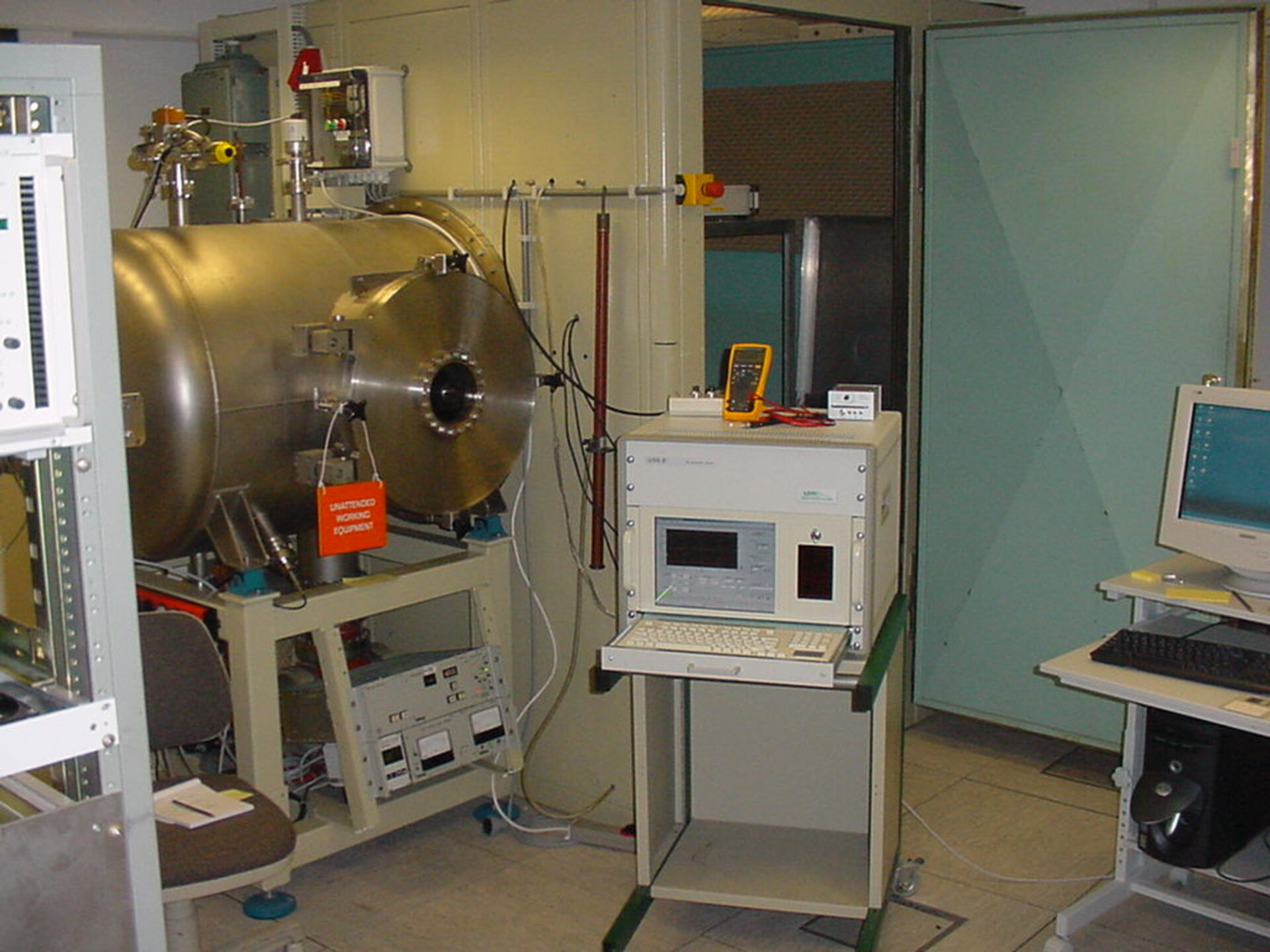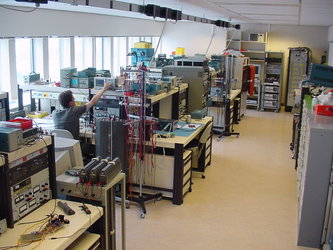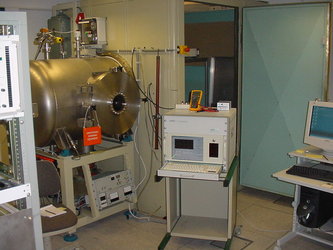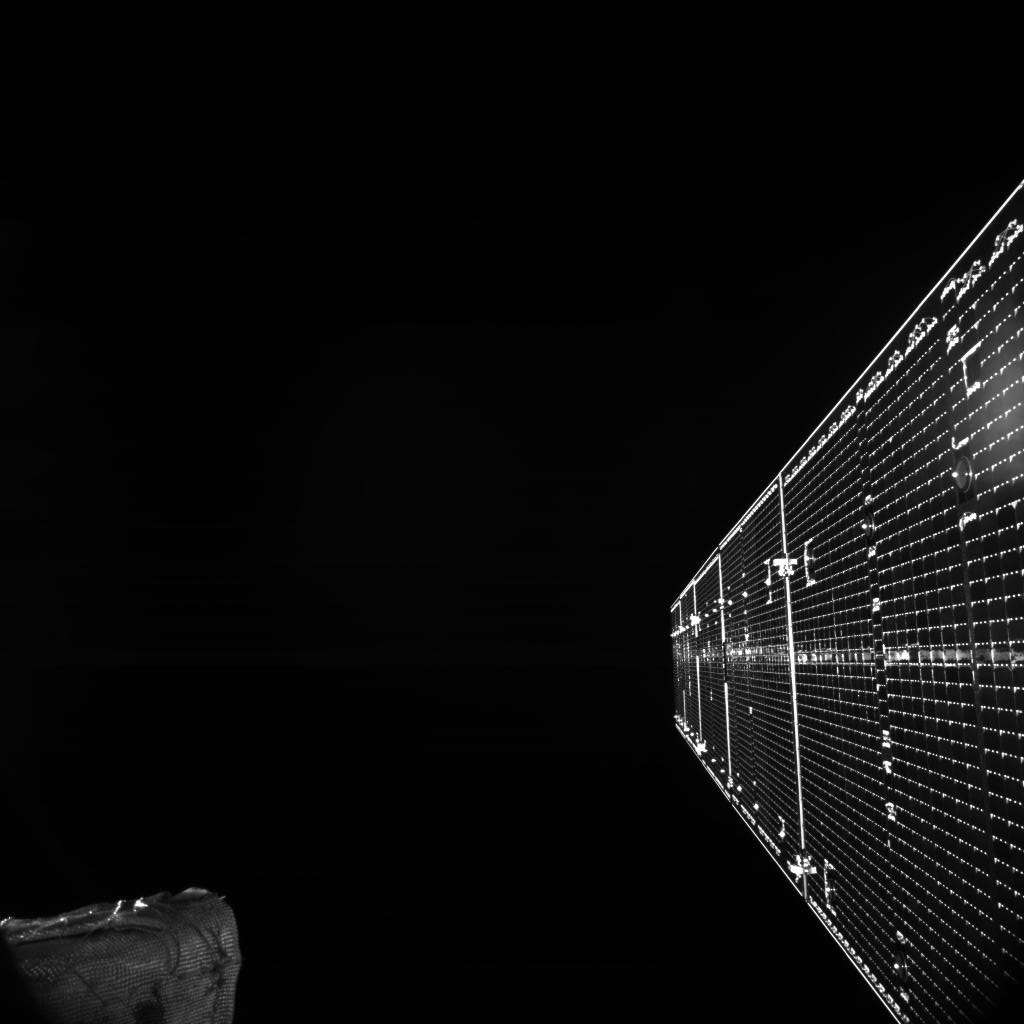What kind of testing does the Power Systems Laboratory carry out?
The Laboratory provides independent and impartial evaluation of power system designs proposed for ESA programmes or R&D prototypes. Novel designs typically offer decreased mass at lower cost, but Laboratory testing must ensure they remain reliable under all conceivable conditions.
Its activities include surge testing of critical power supply components and breadboards to check their survivability and identify weak spots.
Environmental testing involves subjecting components under high voltage to temperature extremes and vacuum in thermal and vacuum chambers. This can include sustained 'thermal cycling', where the rapid temperature shifts prevailing in orbit are simulated to establish the operating lifetime of components.
The performance of power converter designs are assessed by linking them to solar array simulators. These devices reproduce the full dynamic range of possible power outputs based on the wide variety of conditions a solar array may experience in orbit. Their power production can shift greatly due to orbital rotation, spacecraft spinning or misalignment with the Sun. Voltage surges can be induced by contact with energetic particles or 'reverse voltage bias' events occurring when an array is partially shadowed. Overall solar cell efficiency declines during throughout an array's working lifetime, an effect that power converter designs must take account of.
High voltage testing is a crucial part of Laboratory activities. Various factors render high voltage discharge more likely, including flaws in insulation materials and outgassing caused by satellite materials releasing gases while in vacuum. Even low-pressure outgassing can lead to electrical arcing. This has been known to occur at very low voltages, from 300 volts or even as low as 80 volts in extreme conditions. The Laboratory performs high voltage tests in ambient and vacuum conditions and a range of partial pressures in between. The testing is aimed at reducing the occurrence of high voltage discharges as well as making satellite systems less vulnerable to their effects.










